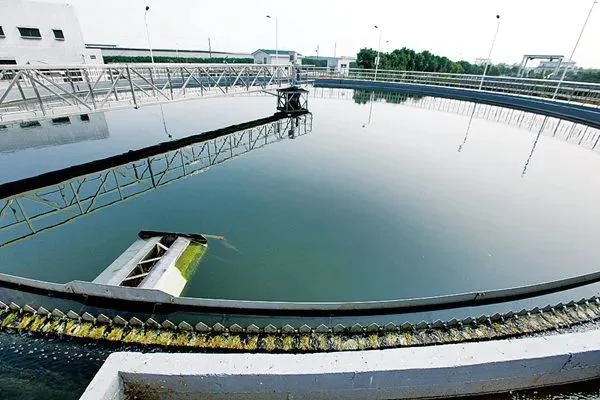As global environmental laws get stricter, many industries are struggling with the same problem: Traditional methods can’t remove heavy metals well—especially complexed metals.
For sectors like electroplating, metallurgy, mining, and electronics, finding an efficient and adaptable solution is key to meeting discharge standards.
Metal Capture Agents: A New Solution for Tough Wastewater
Compared to hydroxide or sulfide precipitation, metal capture agents are a newer, safer, and easier option. They work through chelation, binding with copper, zinc, lead, chromium, mercury, and more to form insoluble precipitates. These can then be removed using standard coagulation and flocculation.

3 Common Paths for Heavy Metal Removal
- Hydroxide Precipitation
Add alkali to raise pH and create metal hydroxides. 🧪 Limitation: Does not remove complexed metal ions effectively.
- Sulfide Precipitation
Use agents like sodium sulfide to make metal sulfides. ⚠️ Problems: Strong smell, toxic gas risk, and handling safety issues.
- Organic Sulfur-Based Capture Agents (Mainstream Choice)
- Reacts quickly with free and some complexed metal ions
- Works best at pH 8–10, but can tolerate pH 2–12
- Fast, broad-spectrum, and stable in different wastewater conditions ✅ Widely used in industrial wastewater with high heavy metal content
Suggested Operation Steps
- Add Capture Agent – Dilute to 5%–20% – Use 0.5‰–1.5‰ of total volume (pilot test first)
- Adjust pH to 8–10 – Helps precipitate form better – pH range of capture agent: usually from 2 to 12
- Add Coagulant + Flocculant – Use PAC or ferric salt as coagulant – Add anionic polyacrylamide (PAM) to boost floc strength
- Settle and Separate – Use sedimentation, filtration, or air flotation to remove solids
🔍 For complexed metals, use a decomplexing agent first to break the bonds, then add capture agent.
Conclusion & Suggestions
Heavy metal capture agents are now widely used in different industries.
They’re especially useful for:
- Wastewater with complex composition
- High concentrations of metals
- Unstable influent due to production fluctuations
By choosing the right product and treatment plan, you can:
✅ Improve effluent stability
✅ Lower treatment costs
✅ Reduce the risk of discharge violations
📞 Need help with tough heavy metal wastewater? Contact us to get samples, technical advice, or real project cases.
